Royal Ontario Museum Blog
Monthly Archive: December
“Origins of Chintz,” The Exhibit: A Look Back to 1970
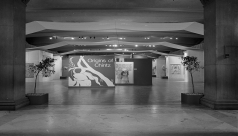
“Chintz… the exotic fabric from India that caught Europe’s fancy… So popular it was banned in England and France… Revolutionized Europe’s textile printing industry.”
Thus exclaimed the brochure that accompanied the ROM’s landmark exhibition, ‘The Origins of Chintz’, which opened in April, 1970, now nearly fifty years ago. Occupying the whole of the central ground gallery, known today as Currelly’s Court, the exhibition displayed nearly 100 towering examples of Indian ‘chintz’.
Safavid Tile Project II: Rebuilding the Friezes

The ROM's Wirth Gallery of The Middle East is blessed with two complete friezes of cuerda seca tiles that would have been in the spandrels of arches. These were made in Iran in the last third of the 17th century under the Safavid dynasty, probably in Isfahan. They were bought by the ROM in 1974 by Curator Lisa Golombek together with a number of other tiles that make up parts of these friezes, or sometimes individual tiles.
Safavid Tile Project I: The Technology
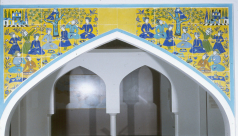
Some of the most noticeable objects in the ROM's Wirth Gallery of The Middle East are two friezes of tiles that would have been in the spandrels of arches. These were made in Iran in the last third of the 17th century under the Safavid dynasty, probably for a palatial building in Isfahan. The ROM also has parts of other spandrel friezes, and also some stray tiles that belong to yet other friezes. In order to understand these objects more fully, ROM staff have been undertaking research on the tiles.
The Healing Power of Dinosaurs: A look at Dinosaur Day at The Hospital for Sick Children

Written by Min Wong, Outreach Volunteer, Member of Friends of Palaeontology
National Volunteer Week 2018: Sharon Aitken
Get to know some of our volunteers this week!
Minecraft and Museums together at the ROM

For over a year, the Learning Department has been hard at work on the development of a new approach to museum virtual visits: building an online experience using an adventure map in Minecraft to teach elementary students about Responsible Mining. We’re excited to announce that we have reached the pilot testing phase!
National Volunteer Week 2018: Lynne Wood
Get to know some of our volunteers this week!
Kalighat Paintings: Murder in the Collection
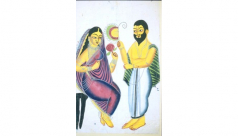
A notorious murder case is one of the subjects of the ROM’s collection of mid-nineteenth century Kalighat paintings, an urban folk art style that developed around a popular Kali temple in Kolkata, India. Written by Piali Roy.
The Rules of Taxonomy: How Species Are Named
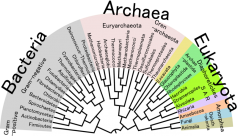
Why should ROM curators care about a proposal to create an organization that would make rules for how species of living things are named?
When Things Go Wrong for Right Whales
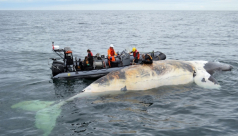
Guest blog written by Environmental Visual Communication student Viridiana Jimenez
The death of seventeen right whales in 2017 represents a loss of over 3% of the population. The significance of this loss has sent the scientific community into a panic. Their deaths were primarily caused by ship collisions or entanglements with fishing gear. As frequent visitors to the Gulf of St. Lawrence, we must now work together to save this species from extinction.
